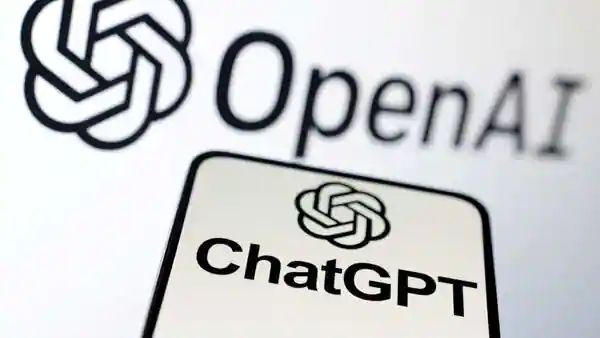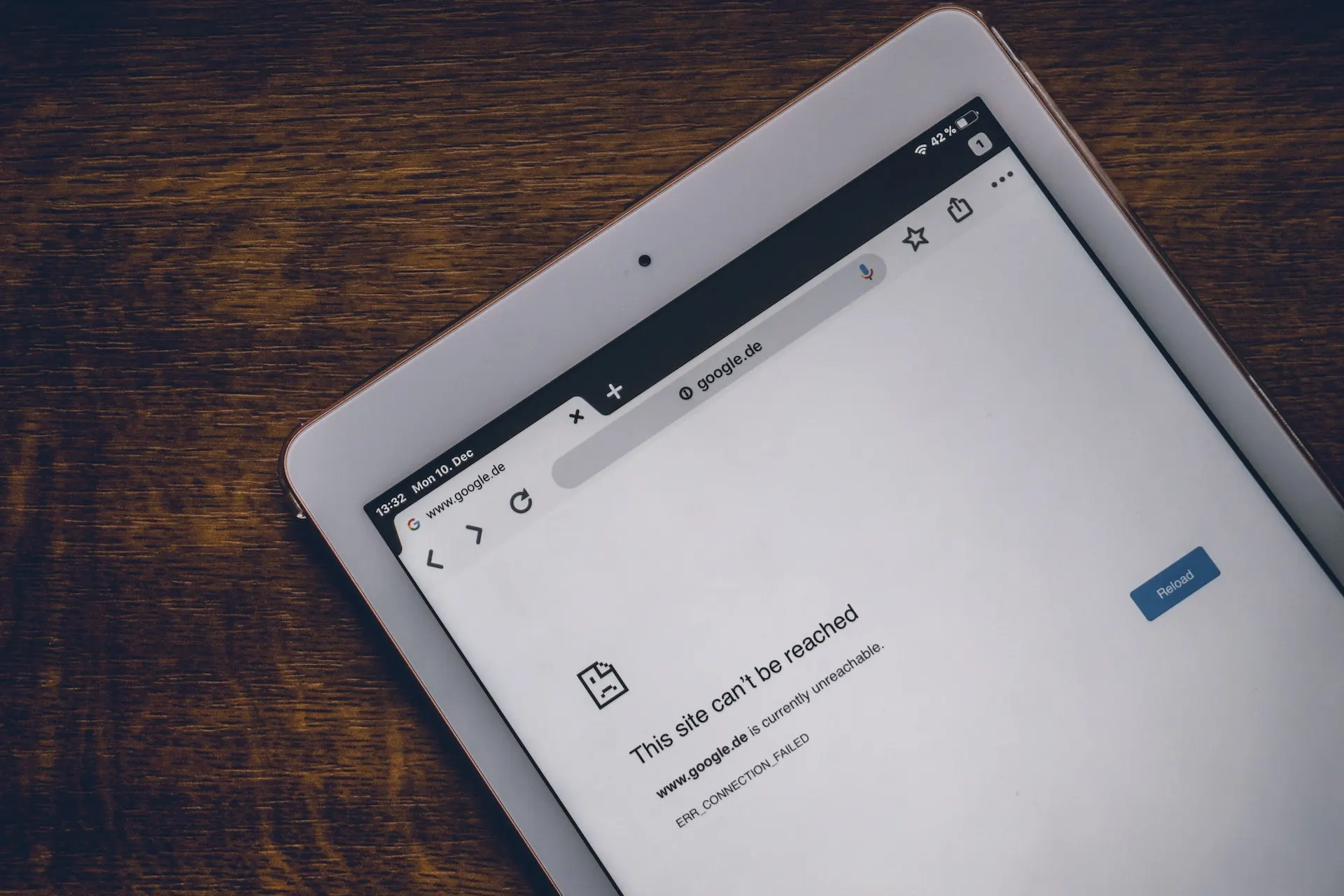The news
- Discovery Bank has launched a panic mode feature on its mobile app.
- The feature allows users to alert the bank’s fraud team and law enforcement during kidnappings or hijackings.
- Discovery Bank is currently patenting the feature.
In a move that blends cybersecurity with real-world personal safety, South Africa’s Discovery Bank has rolled out a new “panic code” feature designed for situations where users are being coerced to unlock their accounts under duress.
The idea is simple but powerful: if a user is forced to open the bank’s app—say during a hijacking or express kidnapping—they can input a special panic PIN instead of their usual digital vault code. On the surface, the app behaves normally. But behind the scenes, it silently alerts Discovery’s fraud team and can trigger a coordinated emergency response involving law enforcement and armed response units.
The feature, currently being patented, is Discovery Bank’s answer to the growing trend of tech-enabled crime in South Africa, where criminals are now targeting mobile banking apps as part of kidnapping attacks. According to the bank, this covert panic PIN offers a safer, smarter, and more innovative alternative to physical panic buttons that are often too risky to use in the moment.
It’s not just about emergencies either. The bank has also added a new fraud call detection system. If a suspicious number tries to contact a user claiming to be from Discovery Bank, the app flags it in real time.
Other recent updates include direct access to Discovery 911 services through the app and a new AI-powered assistant available on WhatsApp. After authenticating via the bank app, customers can ask the AI questions using text, voice notes, or images for help with budgeting, rewards, or general account advice.
By integrating these features, Discovery Bank is positioning itself at the intersection of fintech, safety, and AI-powered banking—showing how mobile-first solutions can do more than just process transactions.
Banks and fintechs have been devising innovative ways to protect customers from fraud and theft. In 2024, Opay introduced Large Transaction Shield, a feature requiring additional biometric verification for transactions above the user’s limit.











